With the exception of the long travel time and the 7.2km of walking from Koarp to Våxtorp (for the 2nd time (see Hallandsleden Walk #7 which went from Våxtorp to Koarp and then back to Våxtorp)), it was a really interesting walk. The walk partially went through sparsely populated areas with some farm land and some forestry, and in-between those parts it went through beautiful beech forests. It wasn't only beautiful in general but there were also several highlights such as the large bog after Anneberg, Stora Ömosse, Snibe Stue and the Björsåkra-Bölinge nature reserve. Of note is also that the trail partially goes through Hallandsåsen. Either way, there are plenty things to show and I took plenty of photos which ended up being pretty good, so without further ado I present some of the photos. Enjoy!
1.
In Åsljunga. Used the hue restorer plug-in to get rid of the cyan-ish sky. Then I rotated and cropped the photo.
2.
3.
View from a gazebo near Åsljunga.
4.
5.
Shortly after Anneberg the trail goes through a large and beautiful bog.
6.
I brightened the non-sky parts and the sky part separately using the levels tool. Then I used the hue restorer plug-in to get rid of the cyan-ish parts of the sky.
7.
Rotated the photo slightly and then cropped it. Also slightly increased the brightness for the non-sky parts using the curves tool.
8.
Rotated the photo slightly and then cropped it.
9.
Stora Ömosse
At Stora Ömosse one sees clear signs of peat mining. Slabsided peat graves and left behind peat enbankments are located near the trail. The top peat layer was used as litter for the animals, while the more compact peat was used as fuel for heating.
At Stora Ömosse one sees clear signs of peat mining. Slabsided peat graves and left behind peat enbankments are located near the trail. The top peat layer was used as litter for the animals, while the more compact peat was used as fuel for heating.
10.
Stora Ömosse. Used the hue restorer plug-in to make a part of the sky less cyan-ish. Also increased the contrast for the non-sky parts slightly.
11.
In the village Lemmeshult there's a milestone from 1764 and it indicates that it's 1/2 old Swedish miles (10668m*1/2) to the nearest hostelry, which is in this case happened to be in Örkelljunga. Rotated and cropped the photo.
12.
13.
House ruins.
14.
Quite a popular spot for butterflies.
15.
Sharpened the photo using unsharp mask.
16.
View from near a power line. Too bad the windmills are obstructing the view.
17.
Snibe Stue
Snibe Stue is a mountain formation whose southern part is split into large pieces.
According to Eric Tundel's geographical work from the 1700s, 20 to 30 people were hiding in a cave here!
In the beginning of the 1800s the cave fell apart. Something similar will happen in the future.
Stories about the giant Snibbe and his wife Kitta have existed for many hundred years. The giants found the church bells on the Laholm plain to be very disturbing (there wasn't much forest around the cave back then) and they tried silencing the church bells by throwing large stone blocks (Kitta supposedly did this by creating a "slingshot" using her supporter/garter).
You can still find the stone blocks today! One of the stone blocks is located in Stäme and is called "Bockasten". Another is located in Veinge village and is called "Dövre sten" or "Dövra sten". A third stone block is located in Kårarp and is called "Silverstenen".
Once the giants got tired, the trolls moved into the cave instead! The giants were nice and helpful but could turn cruel if they were teased.
The snapphane guerilla living in the caves at the end of the 1600s is another tale regarding Snibe Stua.
You can read more about that in the book "Korpen kraxar över Åsen" by Jan Mellhed.
Snibe Stue is a mountain formation whose southern part is split into large pieces.
According to Eric Tundel's geographical work from the 1700s, 20 to 30 people were hiding in a cave here!
In the beginning of the 1800s the cave fell apart. Something similar will happen in the future.
Stories about the giant Snibbe and his wife Kitta have existed for many hundred years. The giants found the church bells on the Laholm plain to be very disturbing (there wasn't much forest around the cave back then) and they tried silencing the church bells by throwing large stone blocks (Kitta supposedly did this by creating a "slingshot" using her supporter/garter).
You can still find the stone blocks today! One of the stone blocks is located in Stäme and is called "Bockasten". Another is located in Veinge village and is called "Dövre sten" or "Dövra sten". A third stone block is located in Kårarp and is called "Silverstenen".
Once the giants got tired, the trolls moved into the cave instead! The giants were nice and helpful but could turn cruel if they were teased.
The snapphane guerilla living in the caves at the end of the 1600s is another tale regarding Snibe Stua.
You can read more about that in the book "Korpen kraxar över Åsen" by Jan Mellhed.
18.
19.
Snibe Stua
20.
21.
Björsåkra-Bölinge nature reserve
The nature reserve is a remainder of the once very vast heather moorlands in Halland. Most of the reserve is covered by open heather moorland. In the dips there are marsh patches with crossleaved heath and bog asphodel. In the southernmost part (in Turfarahultet) a sparse beech forest is growing. The beeches here have multiple steps just like candelabras, this is an appearance which beeches have when growing in open landscapes. The trees' way of growth witness the fact that the beech forest was earlier used as pastureland.
The nature reserve is a remainder of the once very vast heather moorlands in Halland. Most of the reserve is covered by open heather moorland. In the dips there are marsh patches with crossleaved heath and bog asphodel. In the southernmost part (in Turfarahultet) a sparse beech forest is growing. The beeches here have multiple steps just like candelabras, this is an appearance which beeches have when growing in open landscapes. The trees' way of growth witness the fact that the beech forest was earlier used as pastureland.
22.
23.
24.
Rotated and cropped the photo.
25.
26.
27.
28.
29.
30.
In Våxtorp. Rotated and cropped the photo.
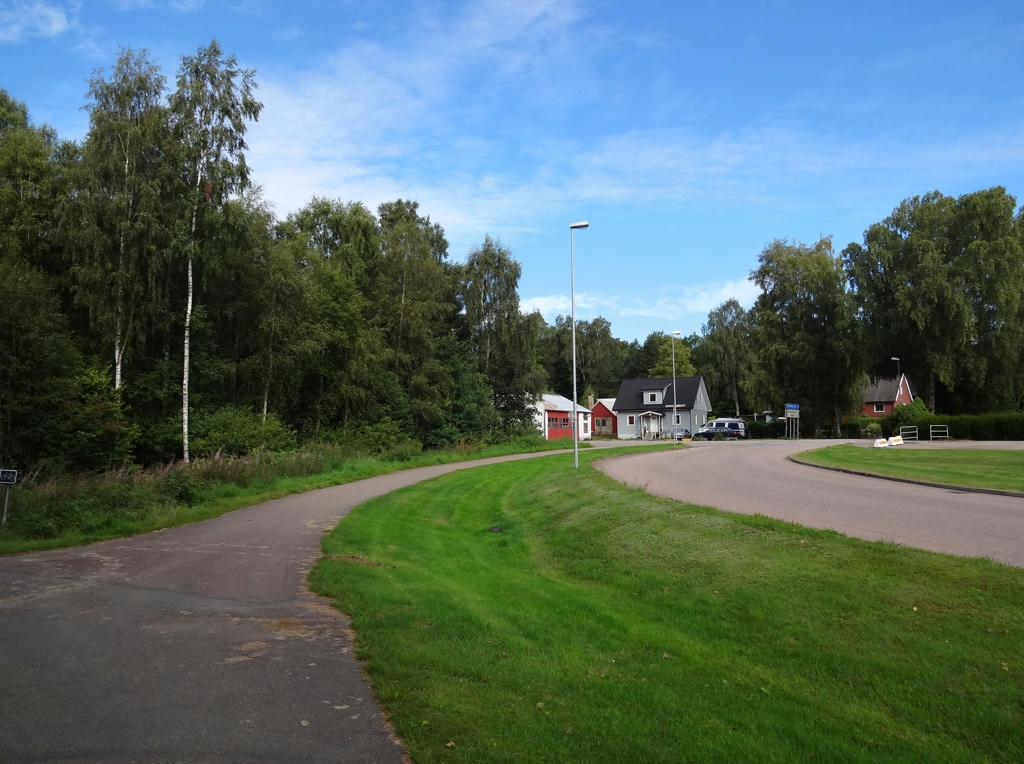
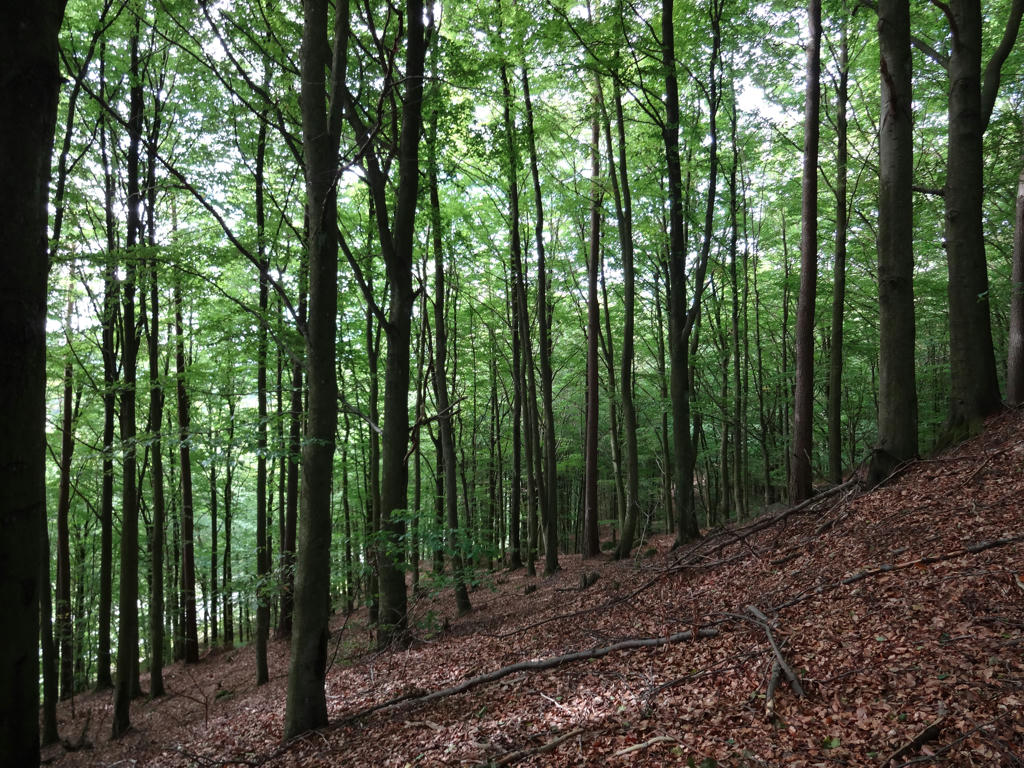
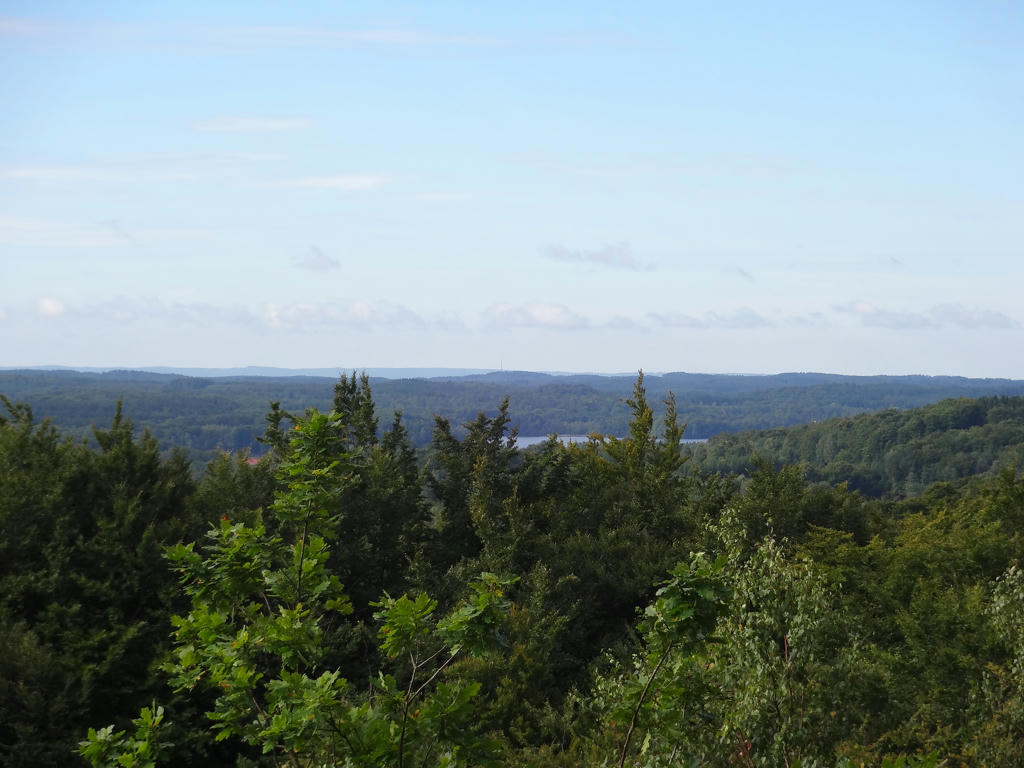
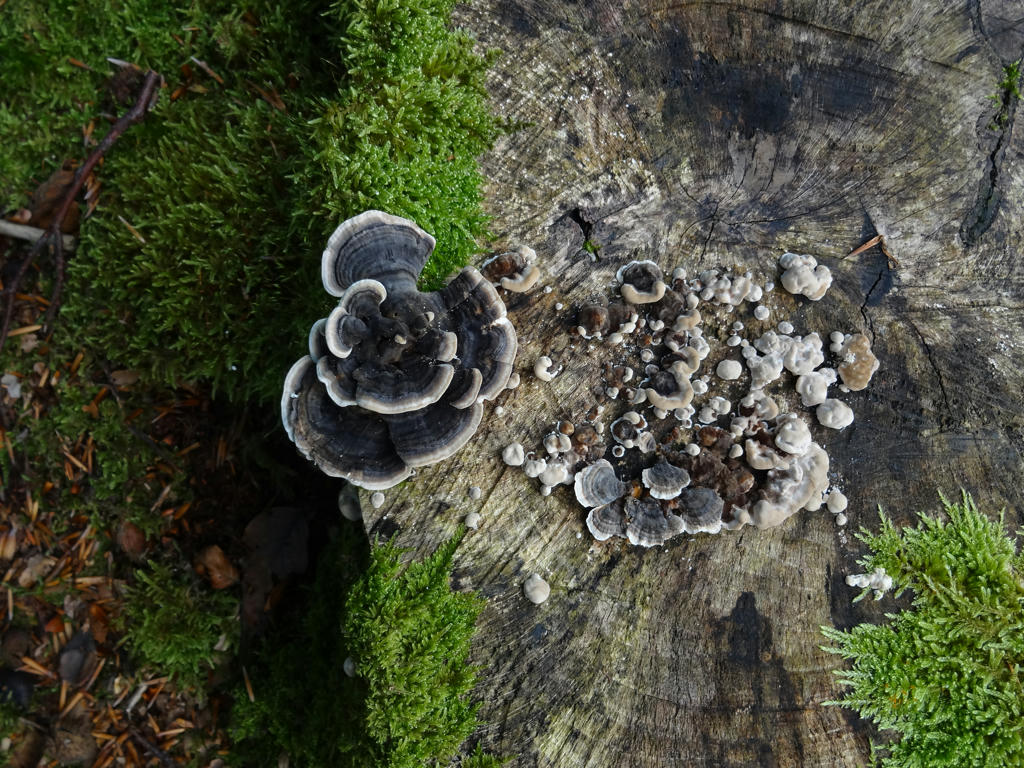
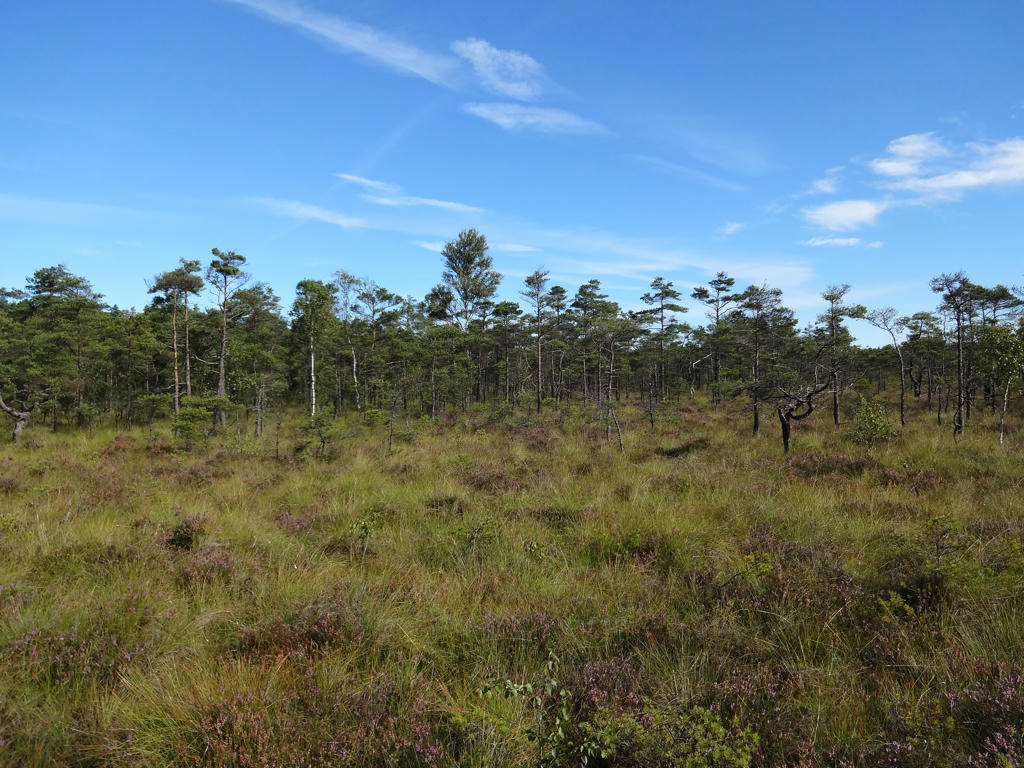
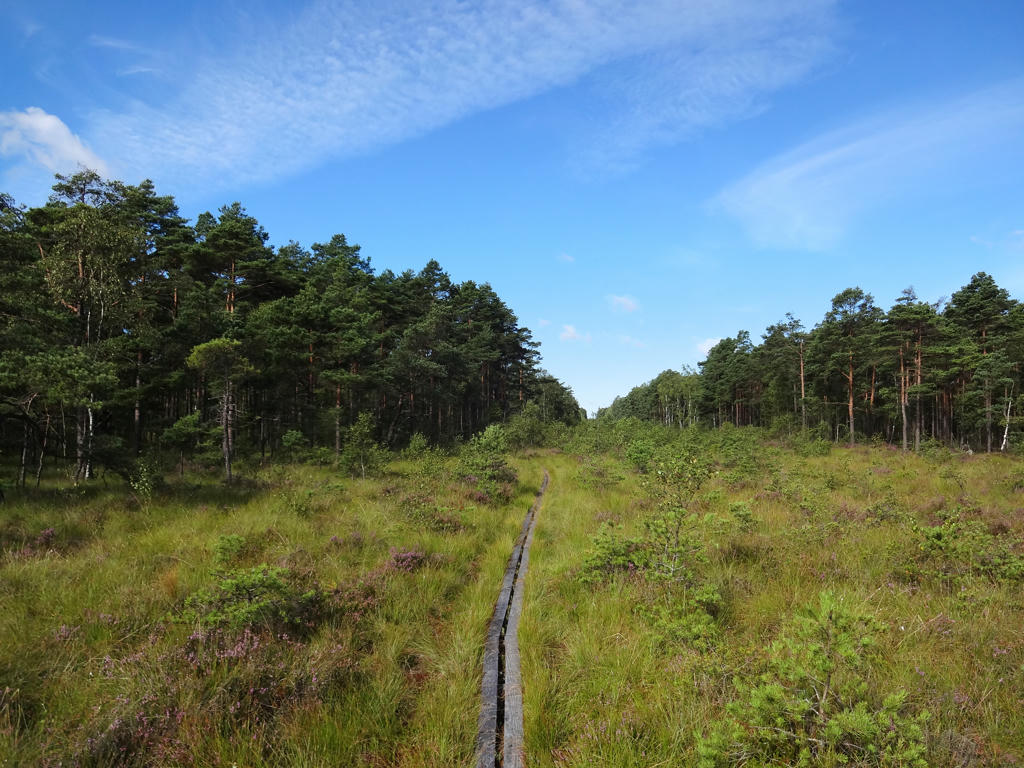
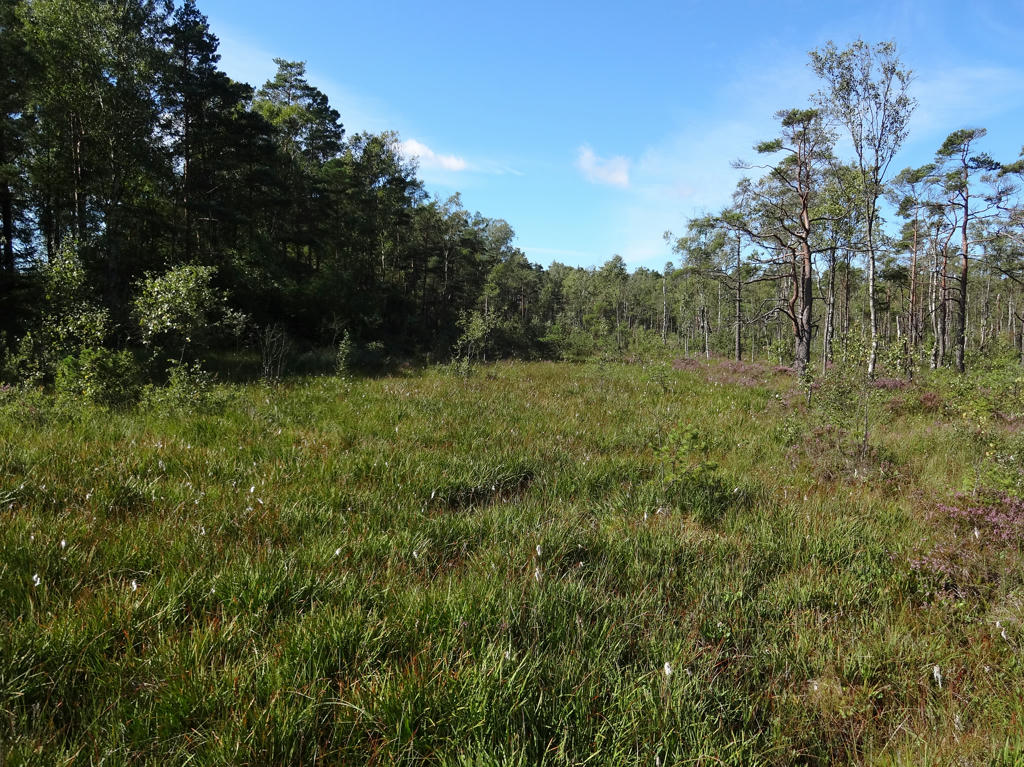
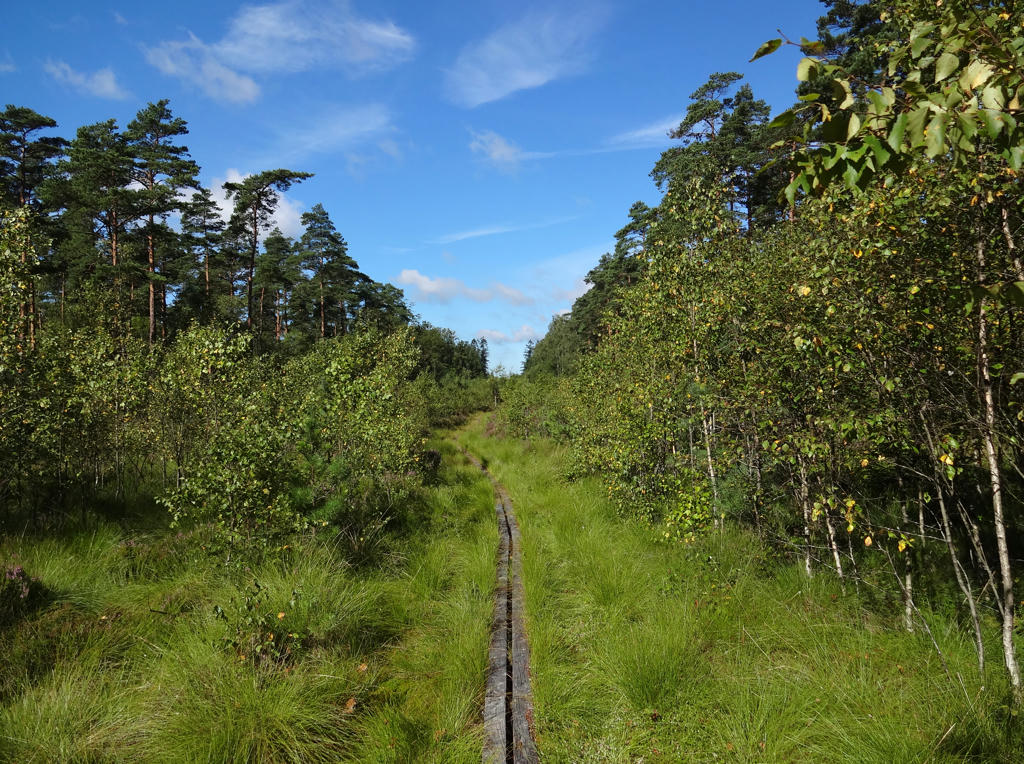
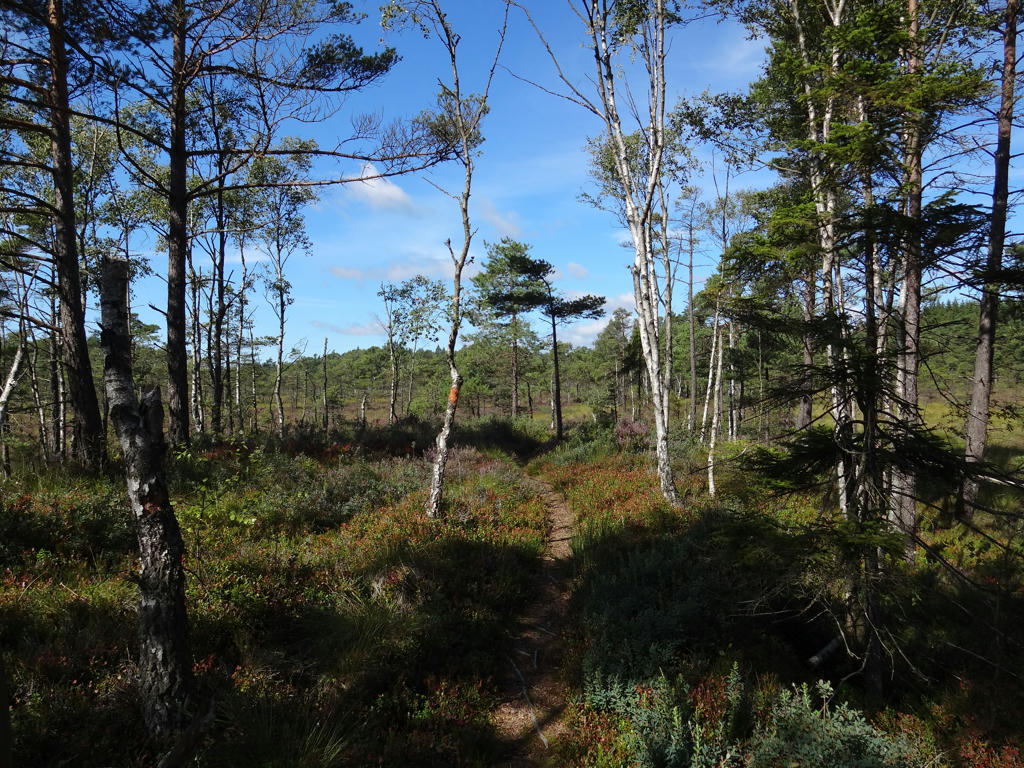
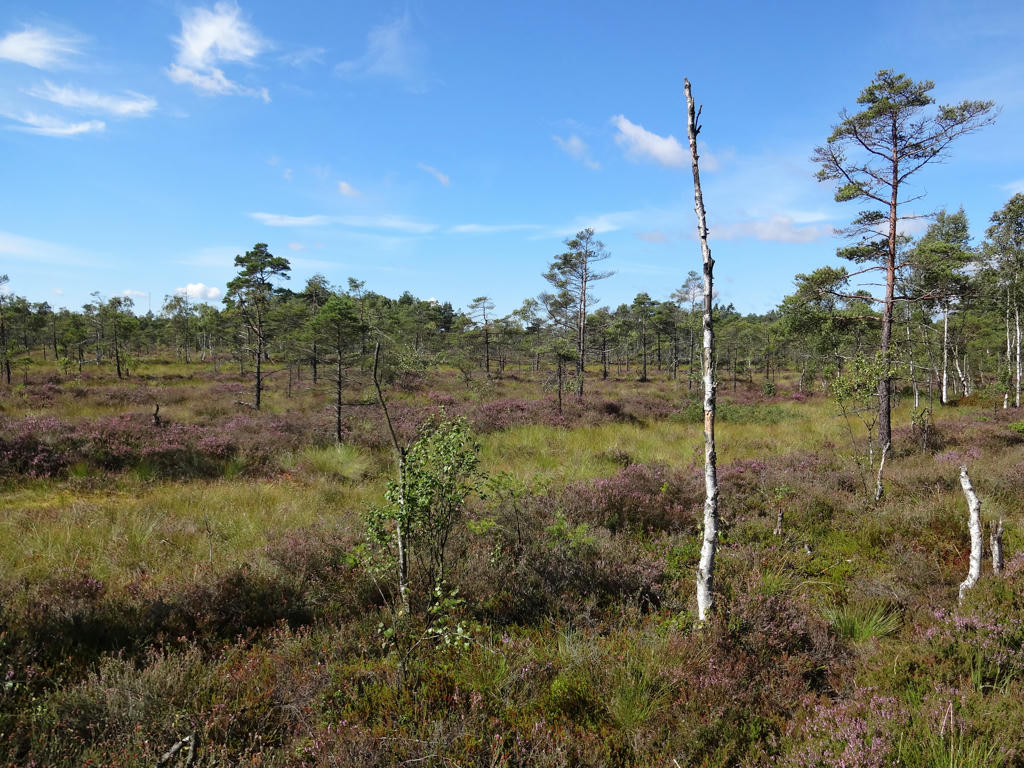
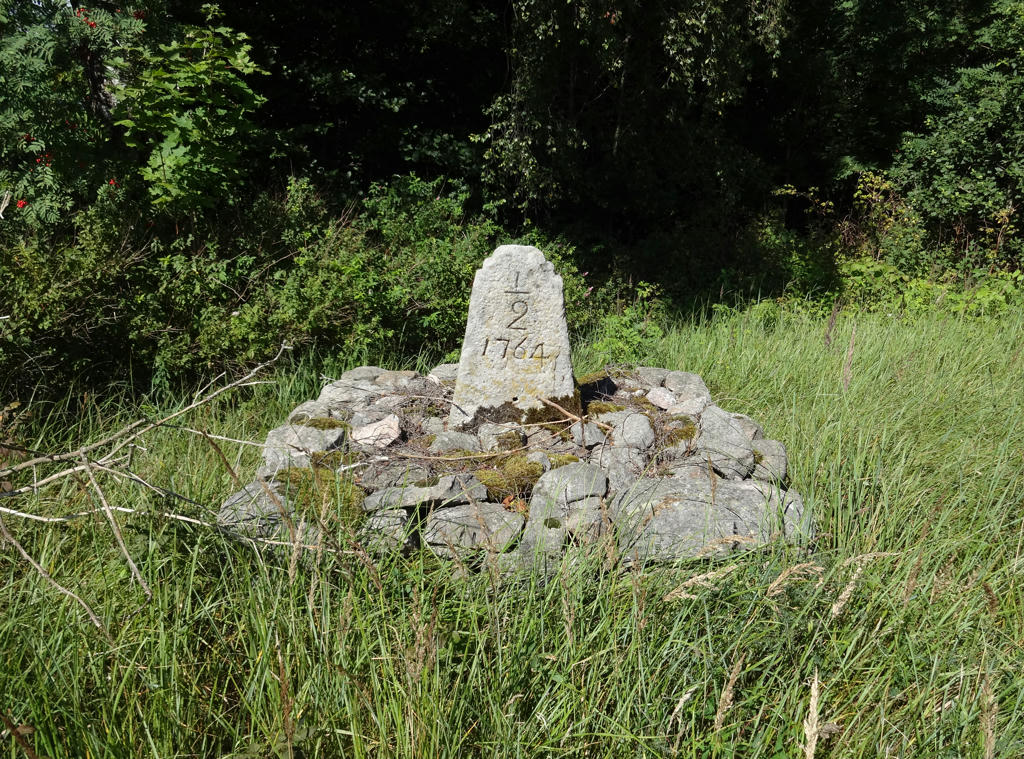
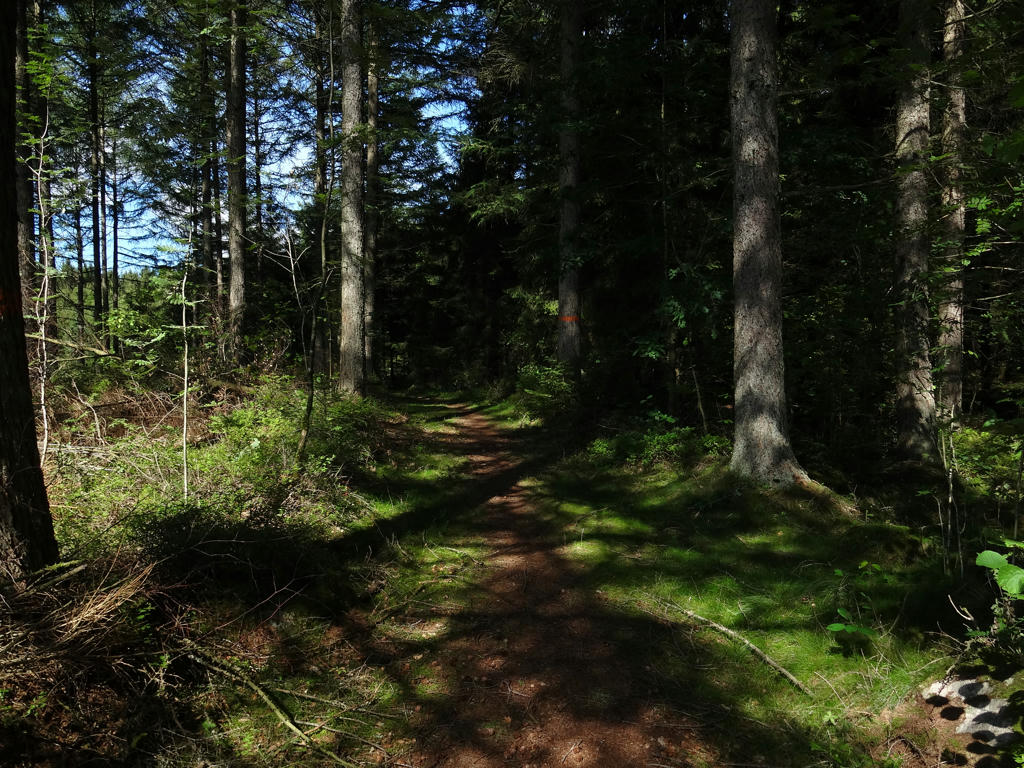
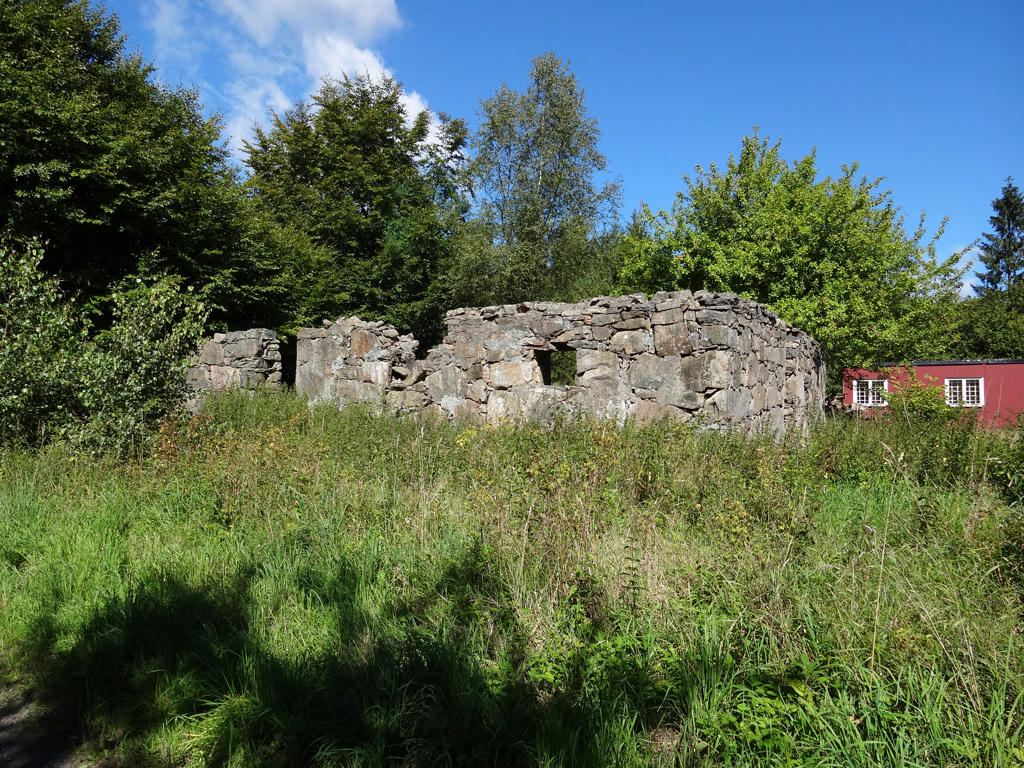
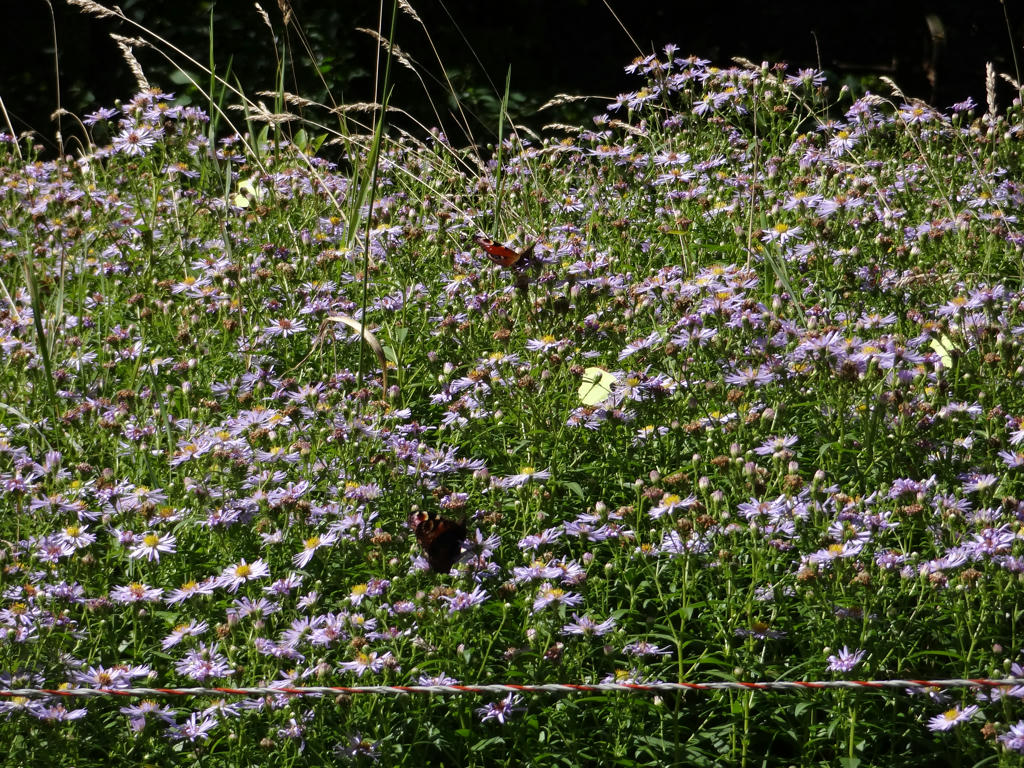
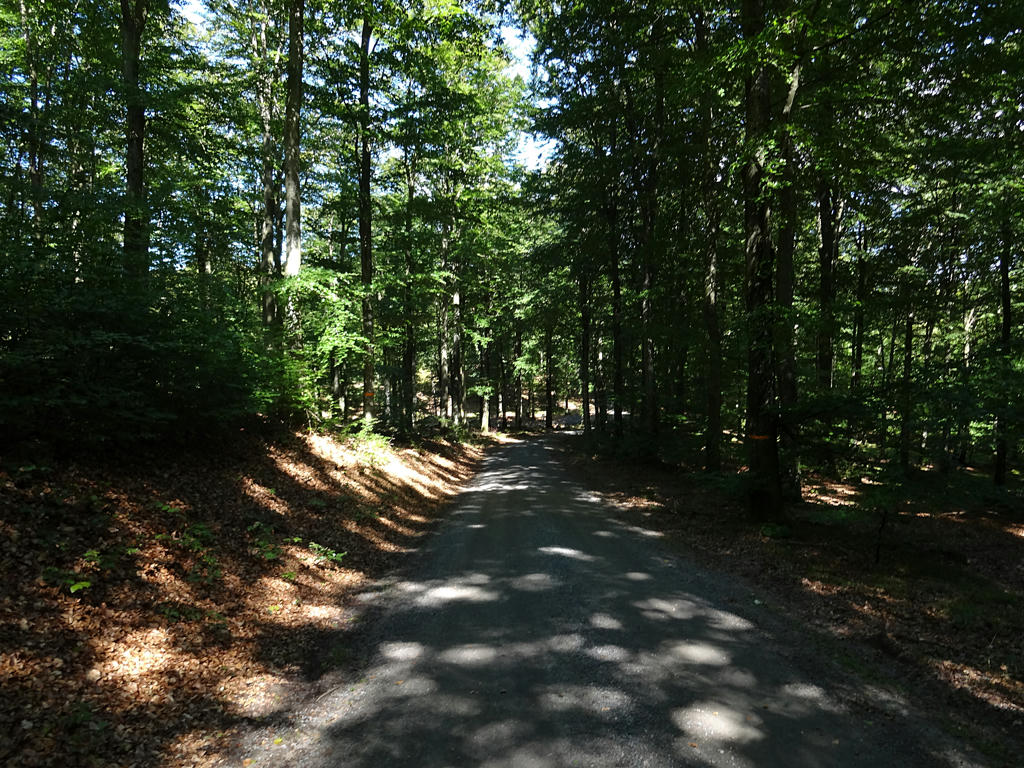
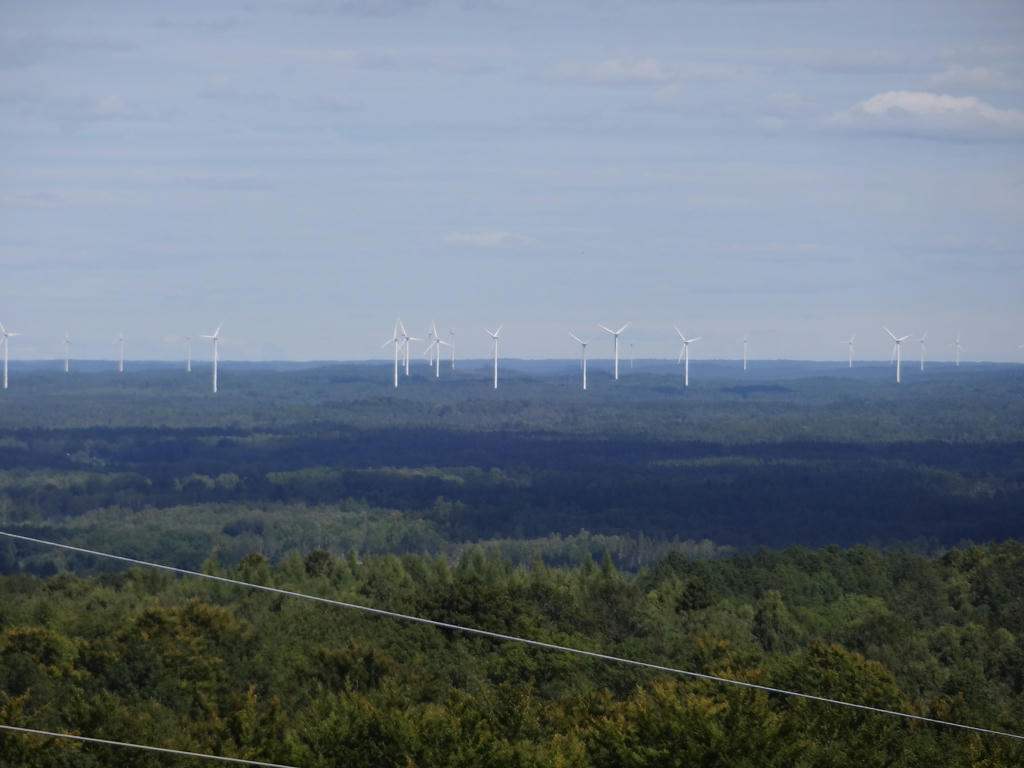
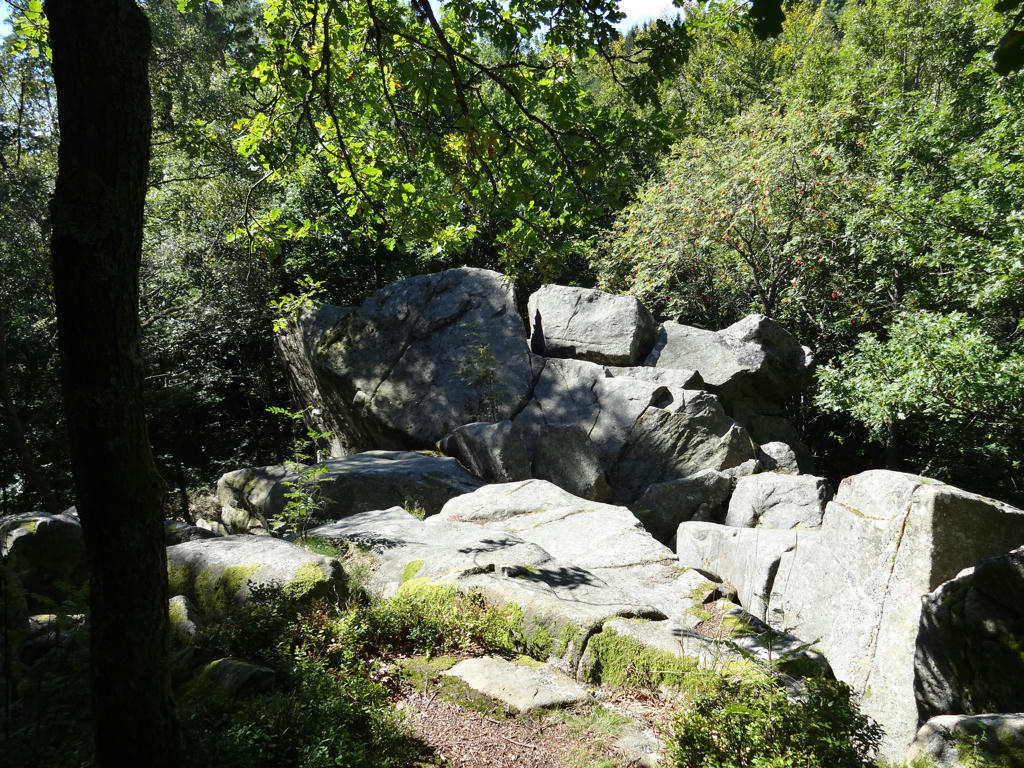
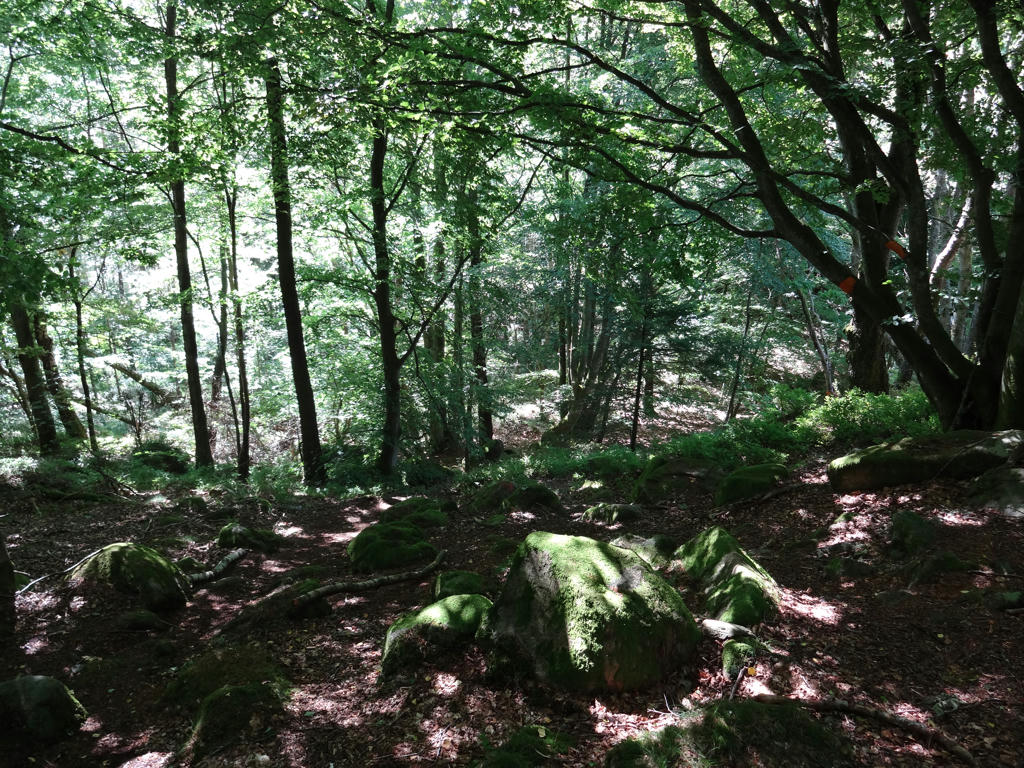
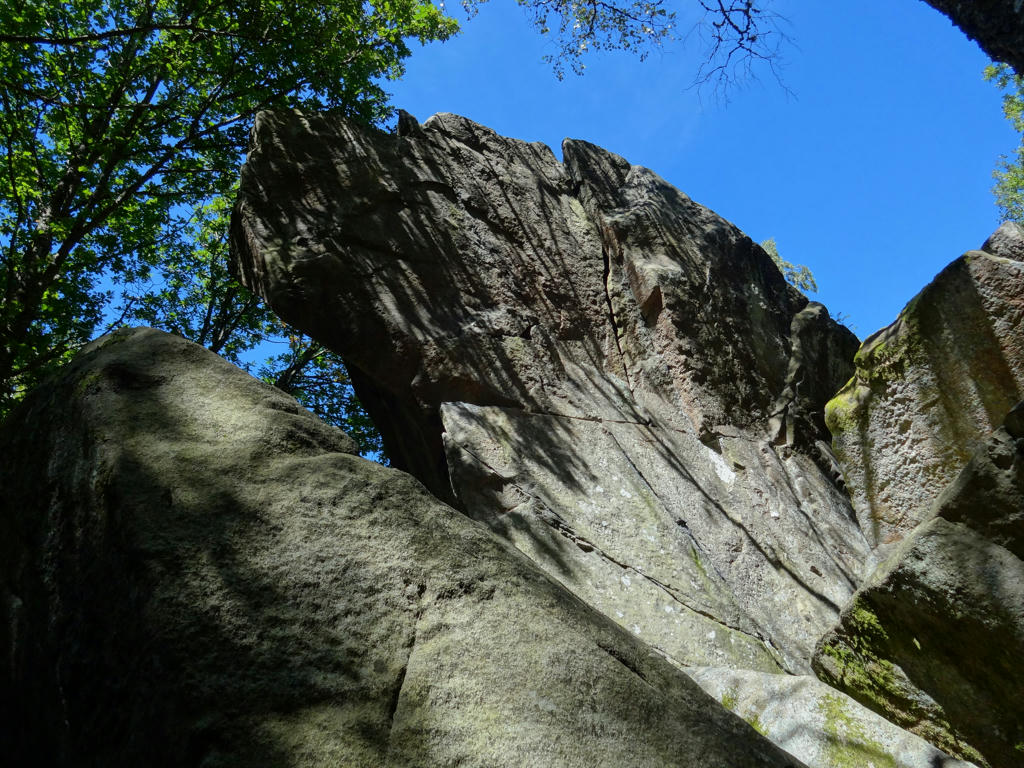
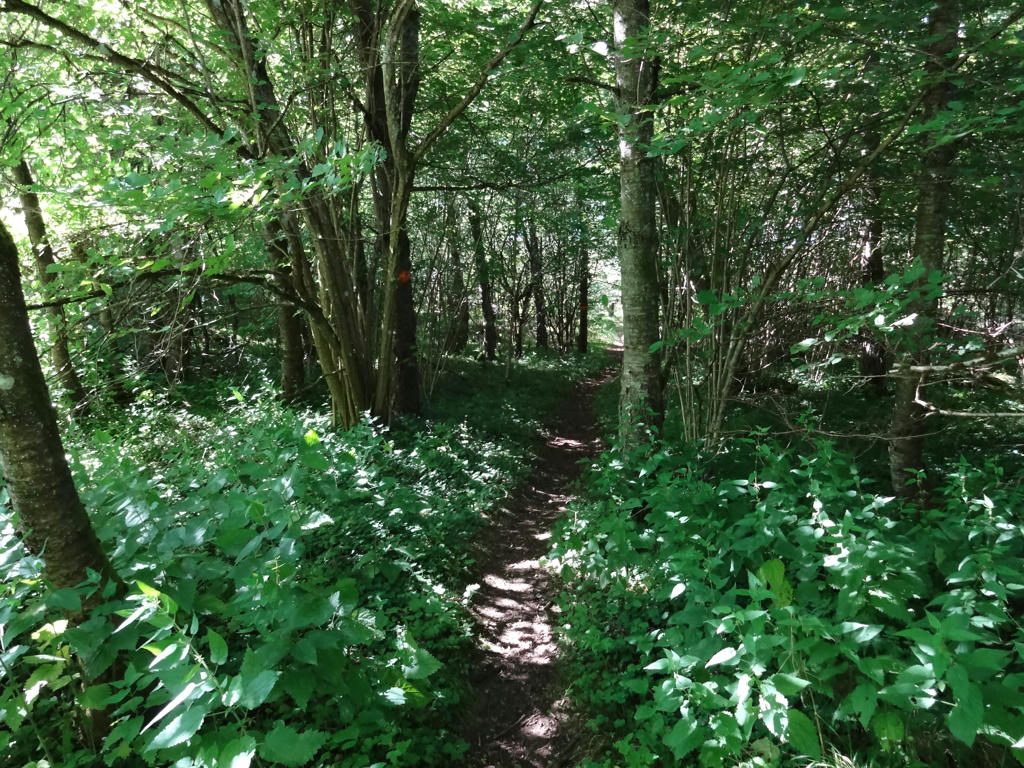
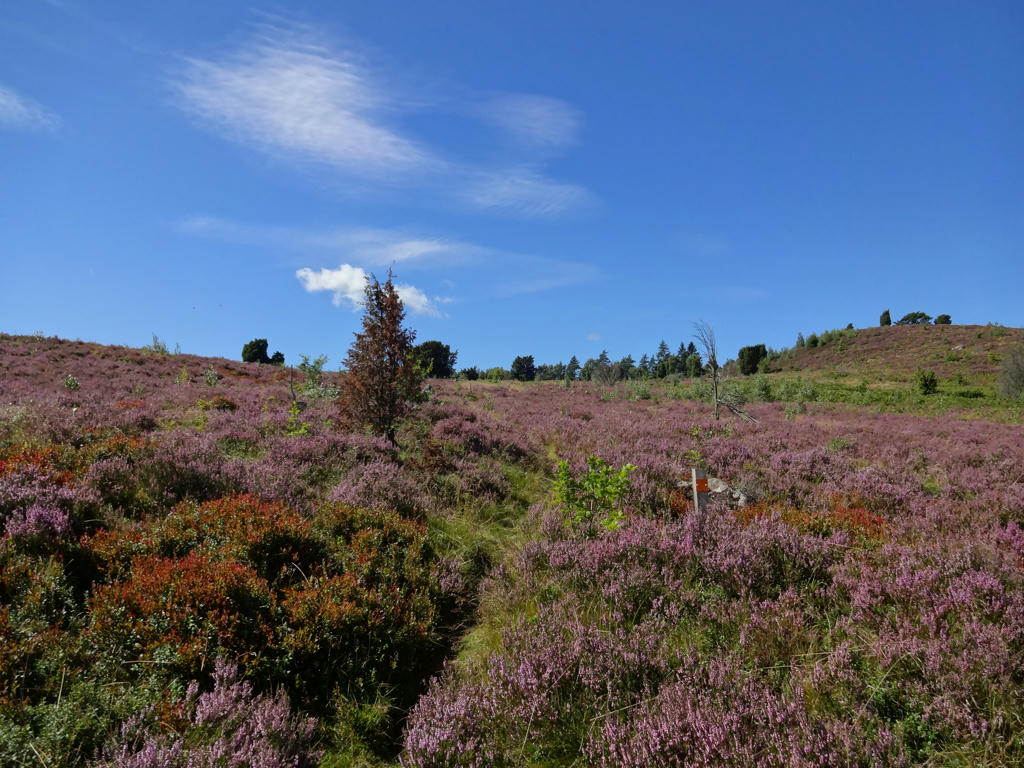
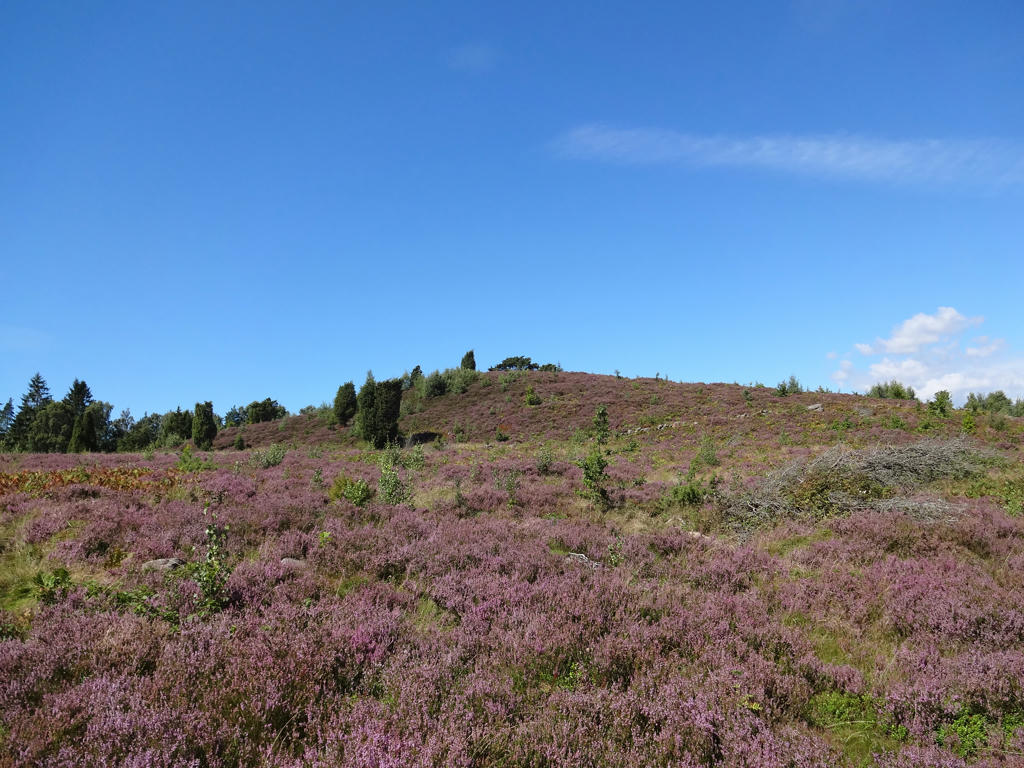
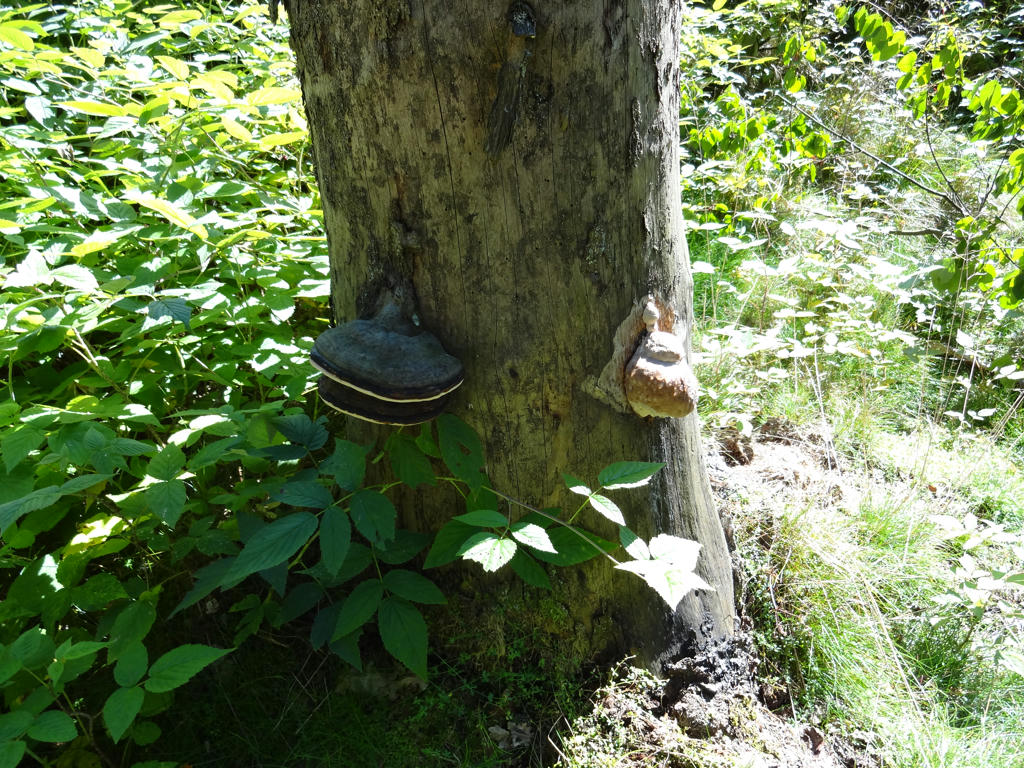
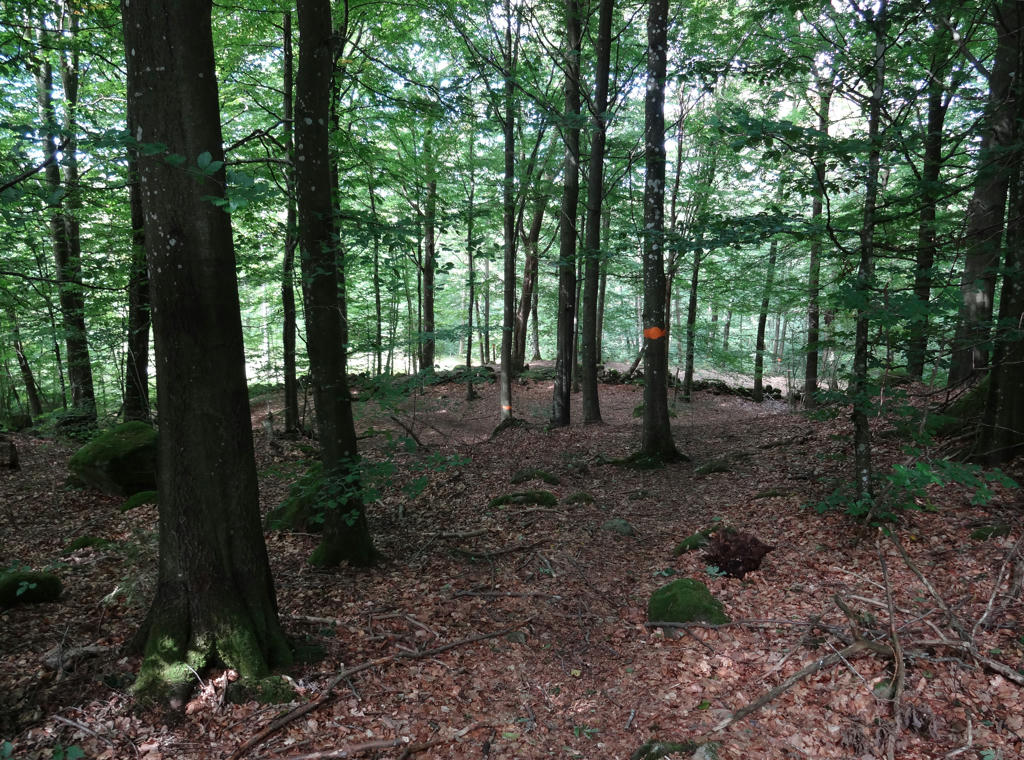
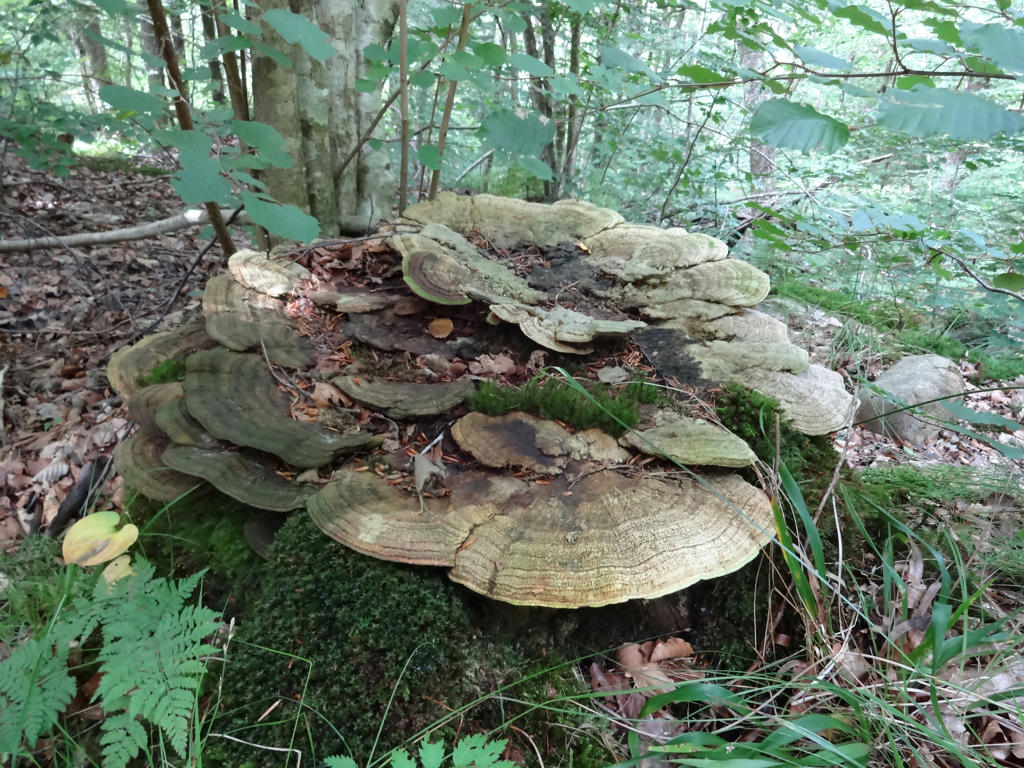
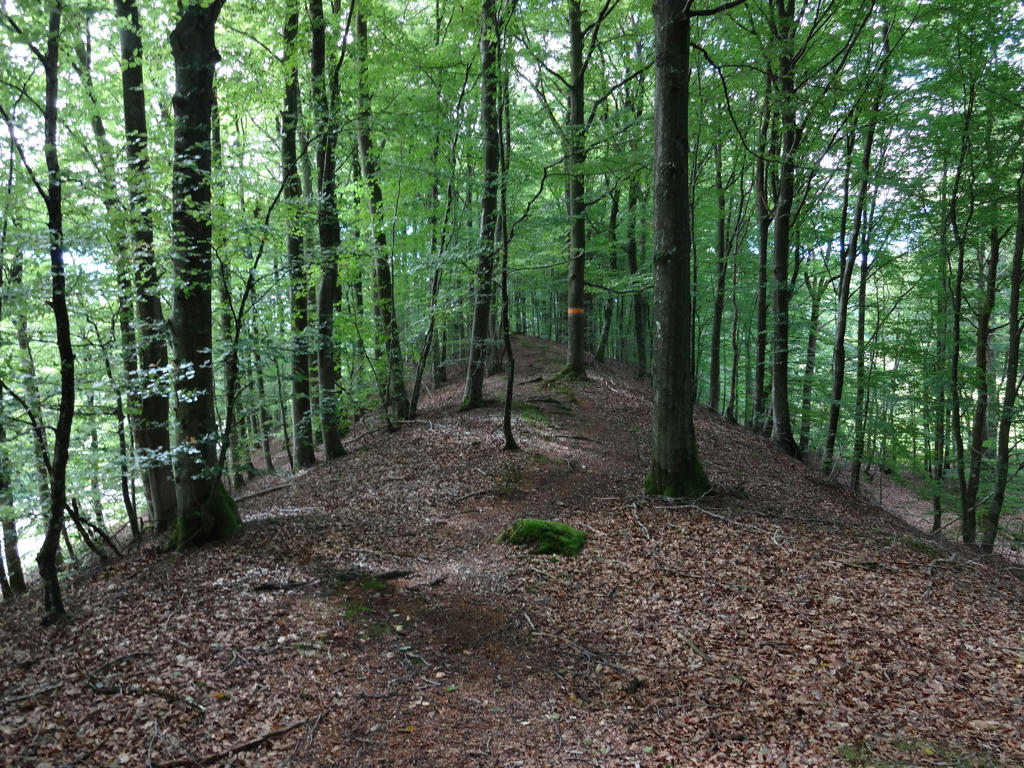
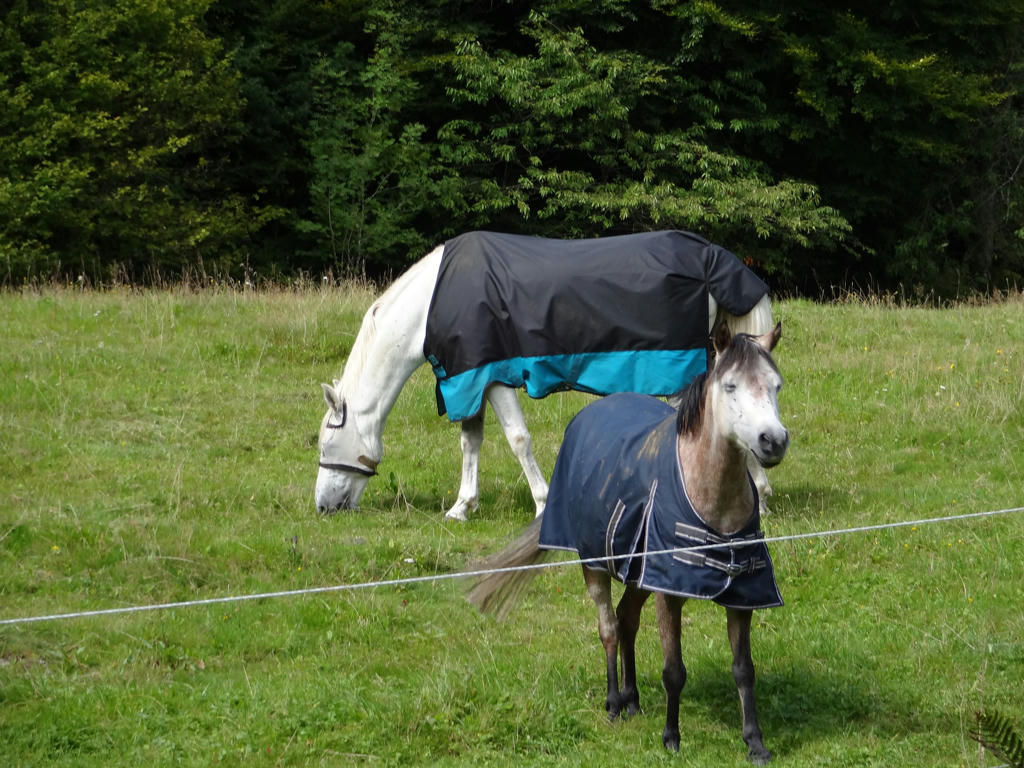
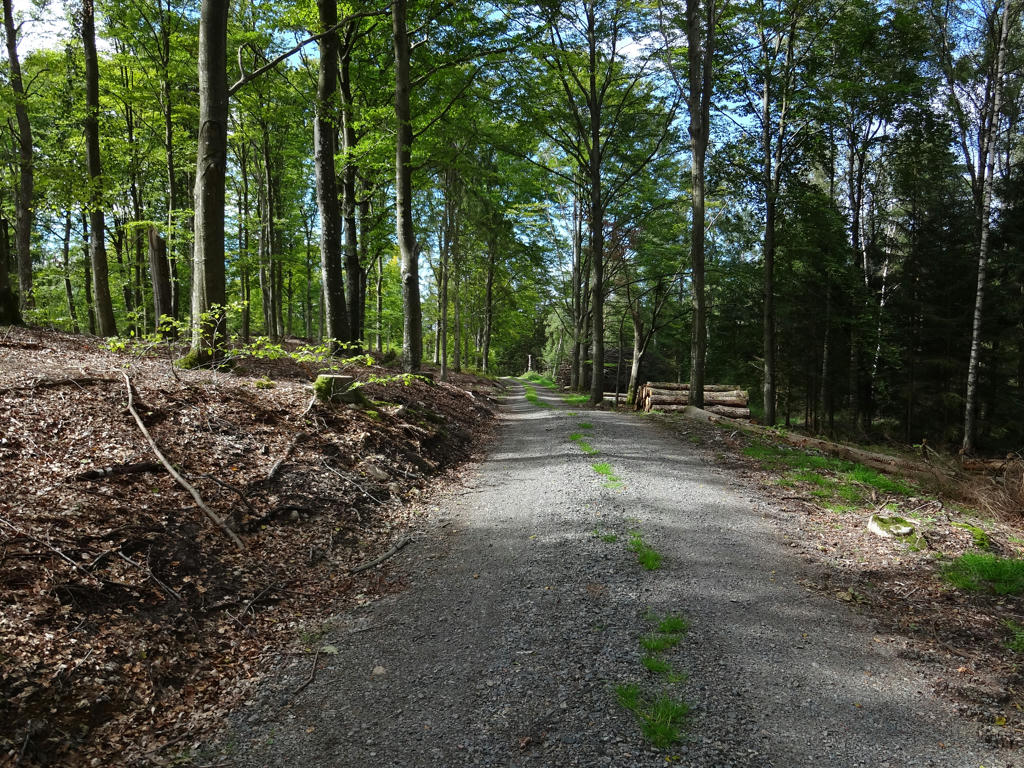
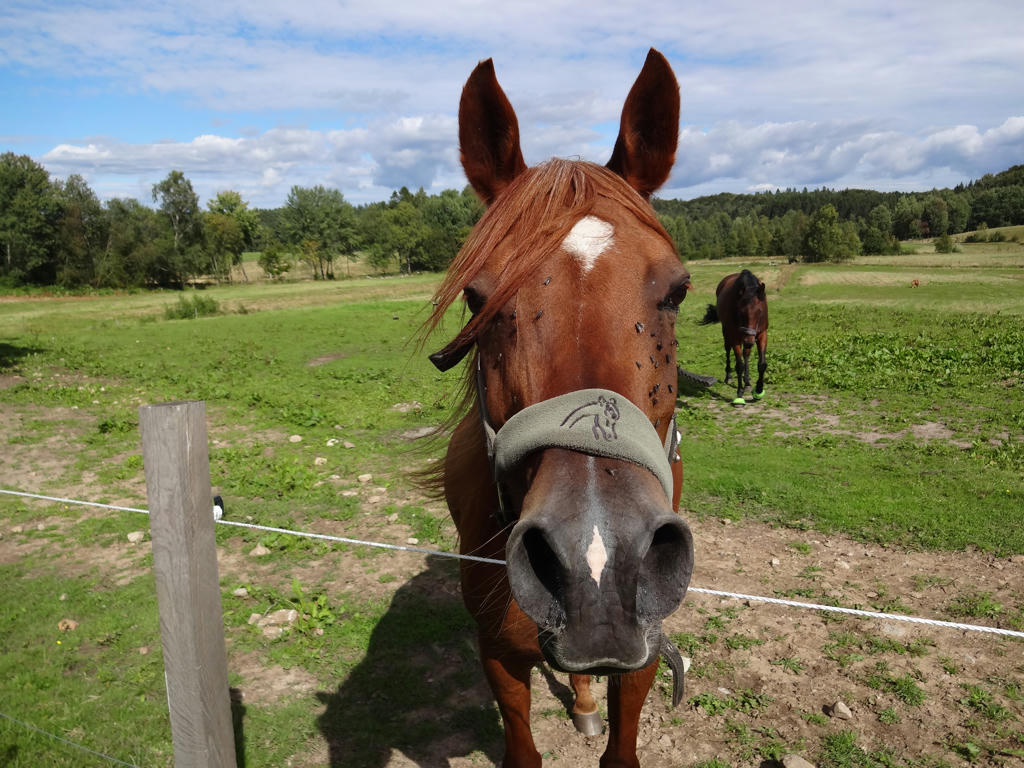
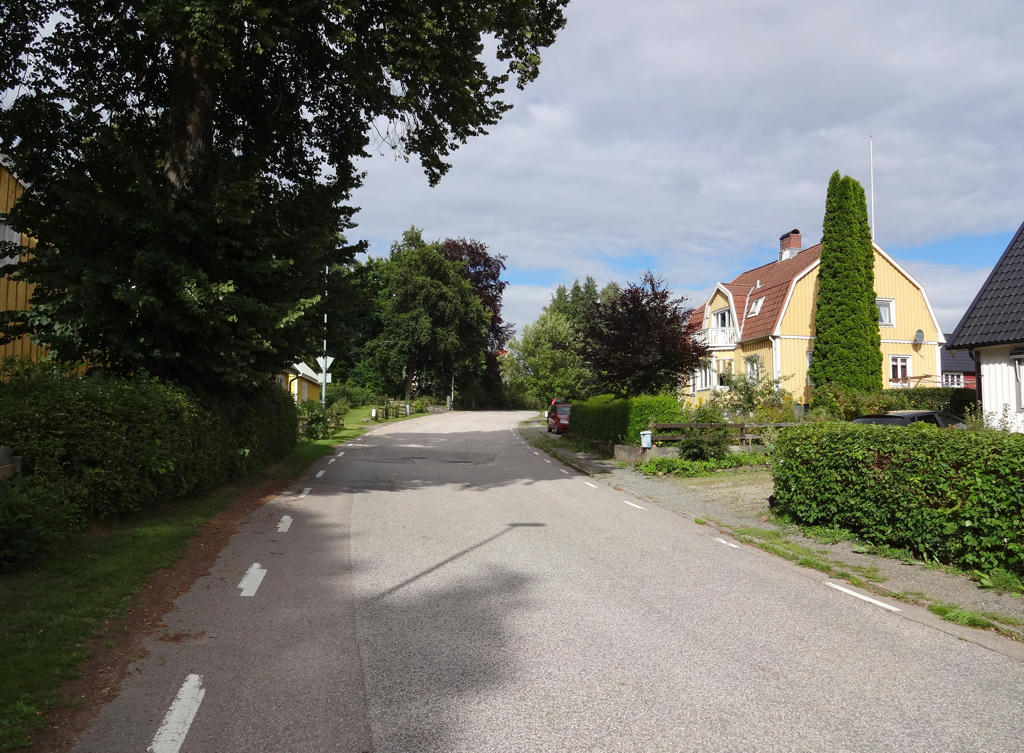
Inga kommentarer:
Skicka en kommentar